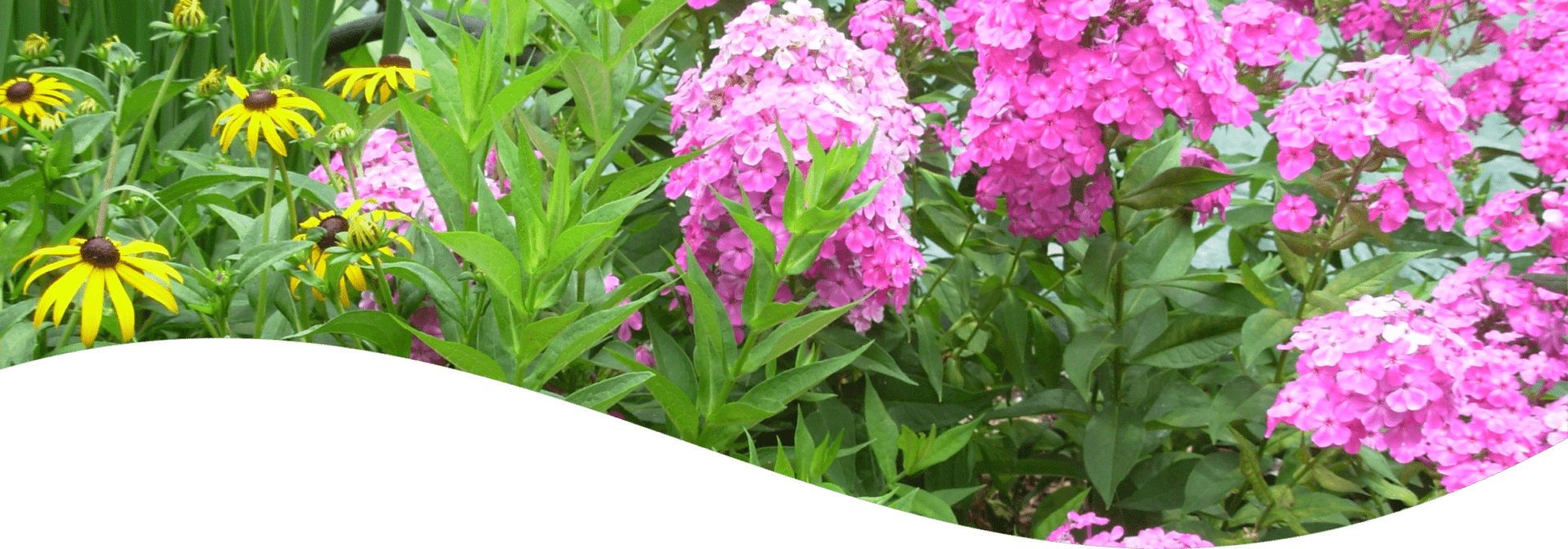Winterizing Lawn in Wisconsin

Even though your lawn may look great now with all of the rain and cool weather we have been having, keeping that fresh green look going strong for next season requires proper fall care and maintenance now. Looks can be deceiving, and while your yard may appear healthy, heavy and wet soils are especially prone to compaction, which is one of the main causes of most common lawn problems. Fortunately, routine maintenance and care for your lawn, whether done yourself or with a lawn care professional, can prepare the lawn for winter and the coming spring.
Thin spots and compaction
- Thin spots in the lawn are often the result of soil compaction, which in itself, is a leading cause of just about every major lawn problem found in our area, including weed infestation and discoloration. Your best defense against weeds of all types is a full, lush lawn. This means keeping the mower setting high — 3 to 4 inches is ideal. Often people tend to scalp their lawns by mowing at a height of 1 to 2 inches. This allows weed infestation, soil compaction, and other lawn related problems. Thin sports form quick when the lawn is mowed to short. Lawn Aeration is a simple way to get more air into the soil to reduce soil compaction and strengthen the root system for your grass (Beautiful Blooms offers lawn aeration in the fall)
Overseeding, Reseeding, fertilizing
- Fall is a good time to do overseeding in your lawn, this is the time to try and help repair the damage that has occurred over the summer. Recommended time for overseeding is after Labor Day, with a dormant feeding or winterizing feeding done in the middle or late part of October. Fertilizing right after aeration is ideal, while the soil is opened up, that way the fertilizer gets down to the roots.
Broadleaf Weeds
- Treating Broadleaf weeds in the fall. It is often to have that urge to kill a number of weeds growing in your lawn while they’re blooming in the heat of summer, but this is not a recommended time to try and kill those weeds off. We certainly could spray in spring, but more can still grow since the herbicide can only kill what’s growing at the time of the application… This is why we typically spray in the fall to get the best outcome.
Crabgrass and Quackgrass
- If crabgrass is present in your lawn, the best time to treat crabgrass would be early spring with a pre-emergent crabgrass killer. This should be applied before seeds begin to germinate, normally about the time that Forsythia shrubs begin to bloom. Treating crabgrass while actively growing is a waste. The best practice to rid your lawn of this pesky weed is to maintain a thick, lush lawn!
- Quackgrass is a tougher weed to control, it’s a perennial weed. There is no selective herbicide that will kill quackgrass. Your best defense is to manually dig or pull established clumps and immediately over seed to build a thick, lush lawn that will eventually choke out the quackgrass. DO NOT rototill infected areas. Each little piece of dormant rhizomes in the soil will sprout and spread.
There is no quick fix for any lawn weed problem, it’s a process to get it under control, so do not get discouraged.
